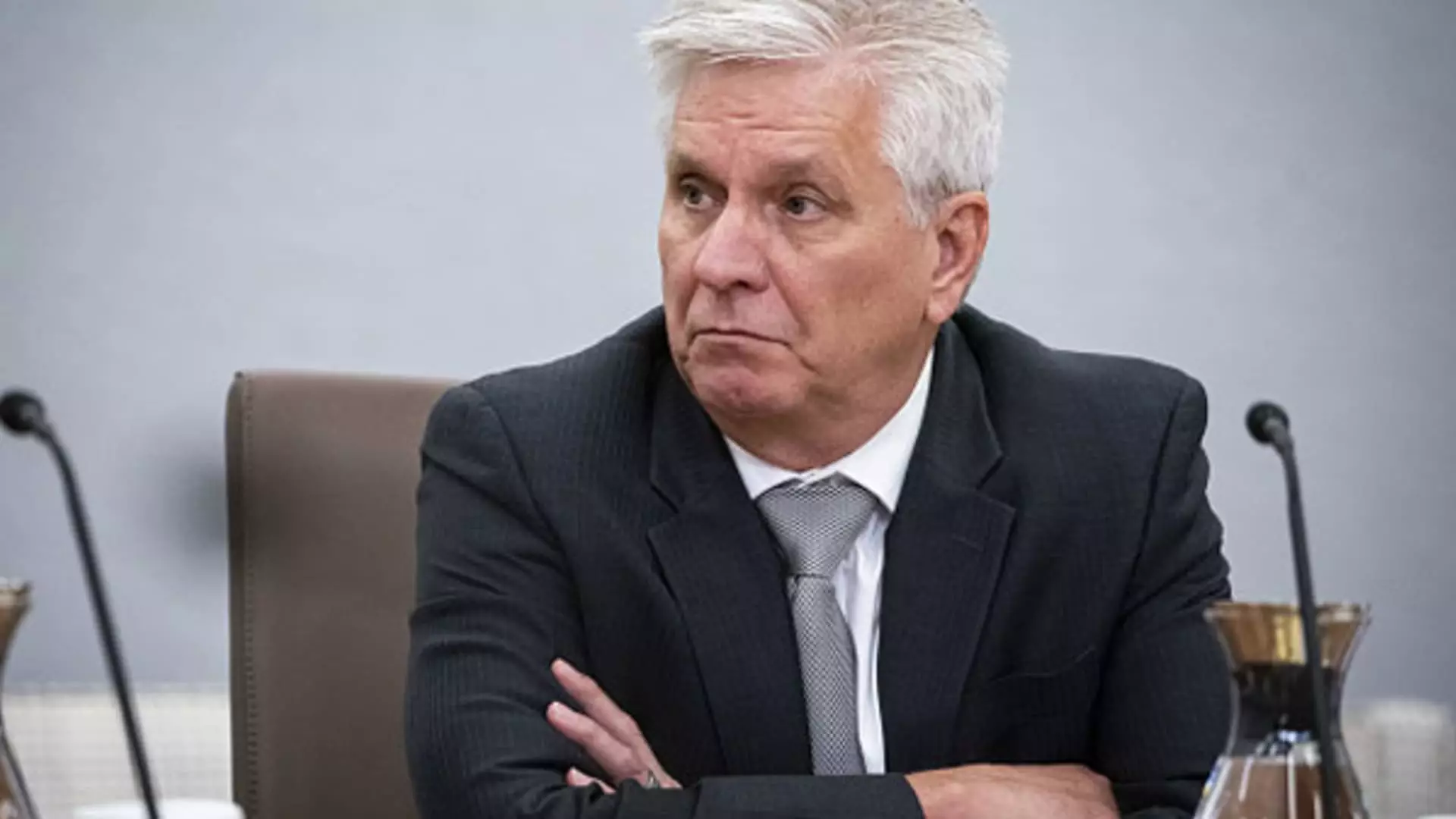Recent comments from Federal Reserve Governor Christopher Waller have drawn attention to a potential shift in monetary policy as the Federal Reserve prepares for its upcoming meeting. With inflation figures indicating a notable decline, Waller expressed support for a half percentage point rate cut, underscoring the evolving dynamics of the economy. In his interview with CNBC, he pointed to recent data on consumer and producer prices, revealing a significant downward trend in core inflation—specifically, the rate excluding food and energy. This reduction has raised discussion not only about inflation control but also about the broader implications of such a monetary policy adjustment on the labor market and economic growth.
Waller’s assessment was notably influenced by new insights revealing that core inflation, in the Fed’s preferred calculations, has dipped below 1.8% over the last four months. This figure stands in contrast to the Fed’s long-term inflation target of 2%. His rationale for advocating a more aggressive reduction of interest rates stems from the observation that inflation is decreasing more rapidly than anticipated. For the month under review, both the Consumer Price Index (CPI) and the Producer Price Index (PPI) recorded modest increases of 0.2%, but they revealed a larger pattern of declining inflation over a longer term.
Such significant realignment in the inflation rate suggests that monetary authorities might have greater flexibility in their policy choices. Waller stated that the current situation “put me back a bit to say, wow, inflation is softening much faster than I thought,” indicating a readiness to adapt quickly to changing economic signals.
Leading up to the meeting, market forecasts leaned heavily towards a more conservative 25 basis point cut. However, Waller emphasized that the Fed’s committee is sending a message of willingness to respond to market pressures and economic trends with decisiveness. The proposed cut would lower the key borrowing rate to a range between 4.75% and 5%. Furthermore, Waller hinted that the Fed could consider additional half-point cuts later in the year, alongside a potential full percentage point reduction by 2025, illustrating a proactive approach towards economic adjustment in light of data trends.
The discussions surrounding rate cuts also reflect a broader contemplation of economic stability, particularly given the softening labor market. Waller’s comments that “we do have room to move” indicate a willingness to maintain adaptability whilst closely monitoring the trajectory of economic indicators.
A significant point raised by Waller was the importance of credibility in the Fed’s commitment to a 2% inflation target. He noted that while he previously supported more substantial rate hikes due to surging inflation, he feels equally compelled to take assertive steps in the opposite direction, should the inflation data continue to trend downward. This careful balancing act embodies the complexities of Federal Reserve policy-making in uncertain economic conditions.
As the economy evolves, Federal Reserve officials must navigate challenges that demand both vigilance and flexibility. The central bank’s role transcends merely addressing inflation; it requires managing perceptions and expectations concerning economic stability. Waller’s remarks encapsulate this notion, implying that if data continues to favor rate cuts, the Fed might be inclined to act more aggressively to recalibrate monetary policy.
The focus now shifts to upcoming economic reports that will further define the Fed’s course of action. Of particular interest will be the Commerce Department’s release of the August personal consumption expenditures (PCE) price index—an essential metric for the Fed, given it is their preferred measure of inflation. Forecasts suggest a slowdown in inflation to a 2.2% annual pace, a stark improvement from the previous year’s 3.3%.
The deliberation surrounding interest rate adjustments not only underscores the Fed’s immediate response to inflation data but also highlights ongoing deliberations about economic health and credibility. The coming weeks will prove crucial, as policymakers gather further data to inform their decisions, ensuring the Fed remains responsive to the changing economic landscape.

